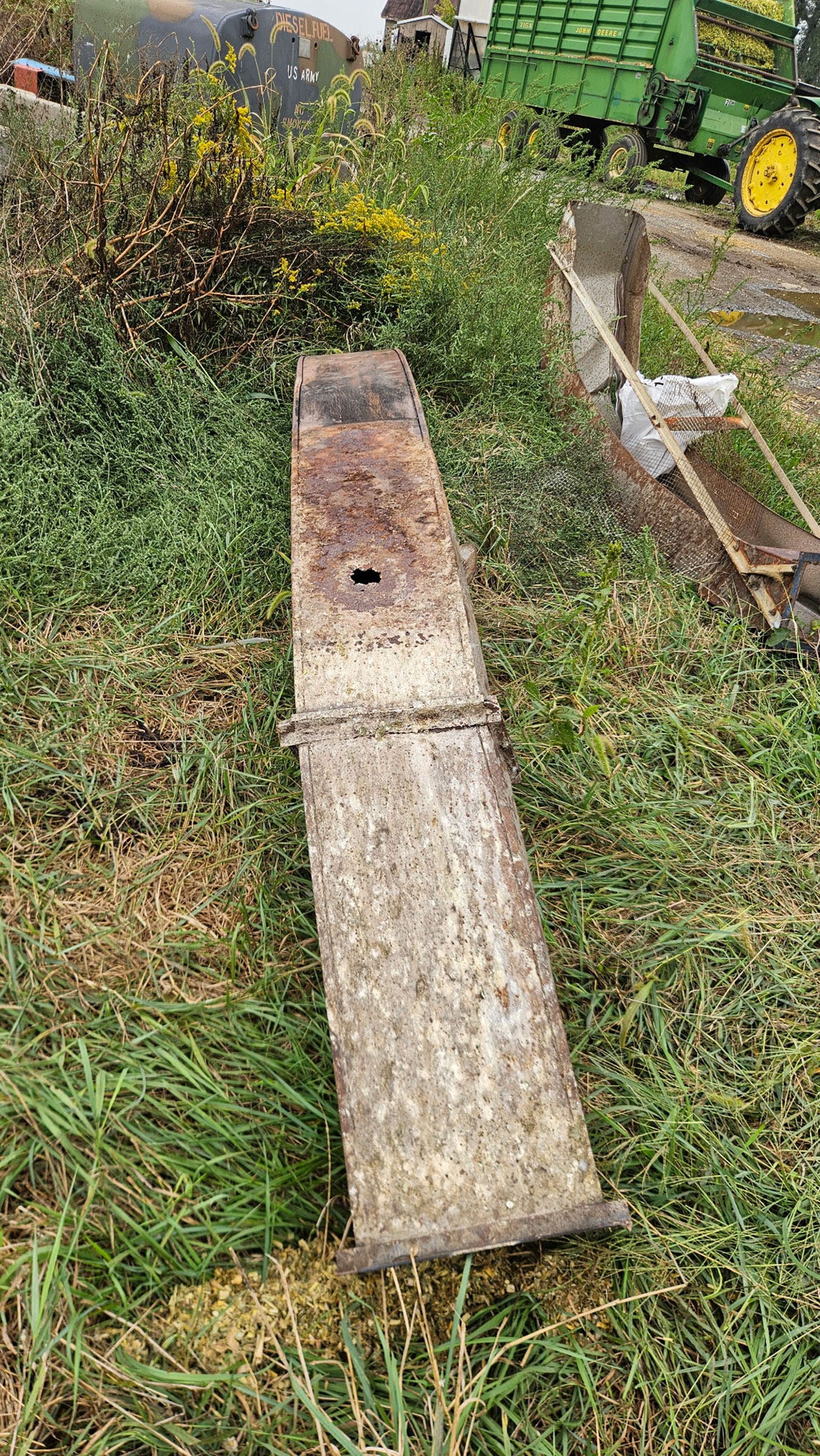As Glenn Brake puts the finishing touches on another harvest season at his Pennsylvania dairy farm, he's not only planning next year's crops, but he's also planning the farm's future with his two sons.
But first, harvest is ending.
“I’m fairly happy with how things are turning out in the fields,” Brake says.
Brake owns Oakleigh Farm, a dairy farm in Mercersburg, Pa., that has 139 milking cows, and 130 young stock and heifers in a robotic milking facility. He grows more than 400 acres, including 100 acres of alfalfa, 200 acres of corn, 70 acres of small grains, and full- and double-crop soybeans.
A recent problem with the gooseneck at the top of one of his silos delayed corn harvest by a week, but he’s made significant progress since then.
“The staggered planting helped with different maturity times,” Brake says. “We still have some green corn. We’re planning to shell an additional 30 acres instead of chopping for silage.”
Overall tonnage is averaging 20 to 27 tons with “excellent” total digestible nutrients and energy, he says. Grain corn is averaging 140 to 214 bushels per acre.
A few late-planted soybean fields have yet to be harvested. His best soybeans are coming in at 70 bushels per acre. In his worst fields — planted late and affected by drought — he expects to average 30 to 40 bushels per acre.
“We got showers at the right time, even during dry periods,” Brake says.
Milk production is averaging 80 pounds, but the range is between 80 and 98 pounds per cow, which is average for this time of year. “I’m expecting a production boost when the cured feeds are ready,” he says.

Still, lower-than-expected milk prices and rising expenses are making it difficult for him to make a profit.
“It’s better than 2024 because we won’t need to buy corn or corn silage,” Brake says. “But it’s still financially challenging.”
How’s this affecting his decision-making for next spring? For one thing, he’s planning on more soybeans.
“I’m planning to increase soybean acres, especially high-oleic Plenish beans, to feed 6 to 8 pounds per cow per day for butterfat and a protein boost,” Brake says. “Components are just much more important in milk pricing now.”
He’s finalizing his seed purchases and hopes to make final decisions next month. Roundup Ready corn is crucial, he says, but he also looks for corn borer and rootworm control in any corn variety. This summer, he sprayed fungicide to help control gray leaf spot and tar spot for the first time. He says he’s planning to look at varieties with better fungicide resistance.
“The corn companies like a commitment in November, so I’m busy reviewing what’s out there,” Brake says. “Our change is usually very slow. I don’t change a bunch of varieties at once. Last year, we only bought two different varieties of corn, and it worked out well for us.”

Time for transition
Brake’s farm’s future was a big reason he rebuilt it after a fire several years ago and installed robots in the newly built milking facility. Now, he’s getting ready to transition the business to the next generation.
His two sons, Jake and Matt, will likely be the next-generation owners. Brake says he’s working with the Center for Dairy Excellence on writing a formal transition plan and starting the process on paper.
Brake and his wife, Karen, have five children, but three of them are either not involved in the farm or only help out when needed. Jake, the oldest son, is a road mechanic for an excavating company. Matt is a salesman for Lely, whose robots are being used on the farm.
“The farm, our size, can’t support two families totally,” Brake says. "But they both have off-farm jobs. If there’s some way they can work off the farm and work on the farm, I think it will work out very nicely. It’s just working through the details of that.
"It’s going to be a while; it’s not going happen in the next year, but we’ll probably transition from my generation to them over several years. So, I’m very optimistic about that because they both have good jobs, and they can use that outside income to supplement.”